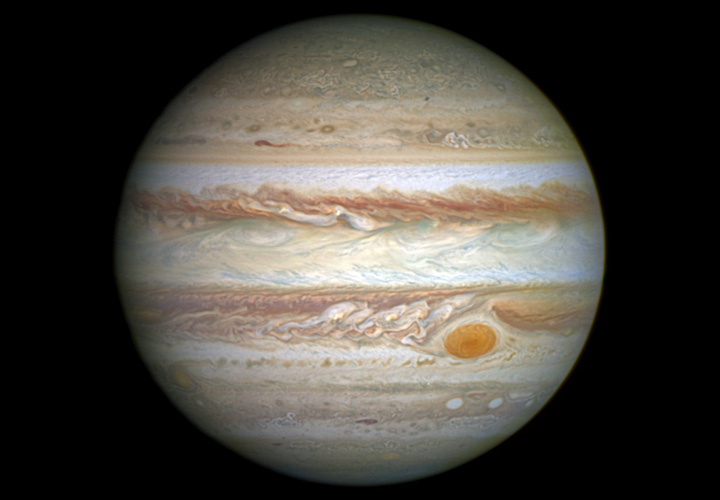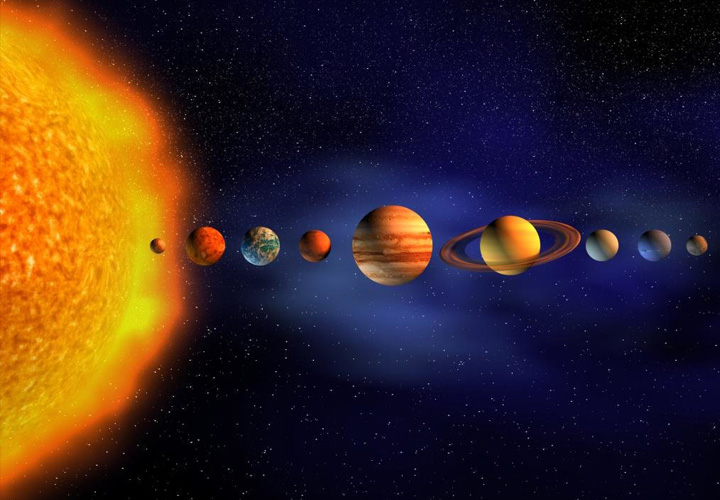15 Facts about Solar System: An Introduction to the Home of our Home
Billions of years ago, there was no Sun and there were no planets. All there was a big cloud full of gases. So, how it all turned into a balanced system of a star and planets orbiting around it? How a star and planetary bodies around it made it possible to have life? The story of the Solar System ( सौर मण्डल ). Here are some interesting facts about our Solar System which will give you some insights on this series covering our planetary system: The Local Interstellar Cloud (LIC) in Orion–Cygnus Arm, also known as the Local Fluff is roughly 30 light-years across ———————————— As is typical of molecular clouds, this one consisted mostly of hydrogen, with some helium. It also had small amounts of heavier elements fused by previous generations of stars Within 50 million years, the pressure and density of hydrogen in the centre…

